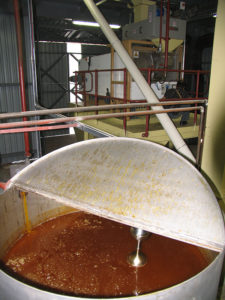
Antioxidants manage effects of oxidation on feeds, feed ingredients
Managing aquafeed quality from production of feed ingredients through manufacture, grow-out and processing is key in consistent, high-quality production.
The value of chemical stimulants to shrimp farming will come via reproducible methods to evaluate the efficacy of chemoattractants and feeding stimulants.

Managing aquafeed quality from production of feed ingredients through manufacture, grow-out and processing is key in consistent, high-quality production.
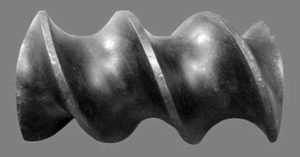
In the aquaculture industry, extruders have been used to produce a great variety of products, but today most of these feeds fall into the sinking or floating categories.
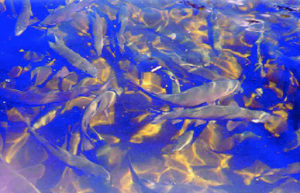
Methionine hydroxy analog (MHA) supplementation and the addition of other amino acids in soybean-based trout diets can improve their nutritional values.
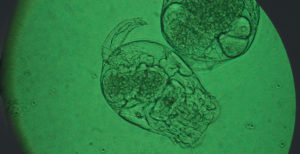
Unlike artemia, which is largely a commodity item, rotifers need to be raised at farm sites and nutritionally tailored to the requirements of the species being cultured.
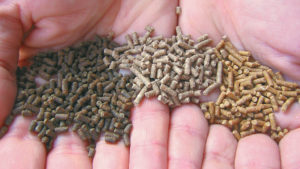
The process for making extruded shrimp feeds has flexibility to produce diets with a wide range of fat levels, densities, shapes and sizes.

Depending on the extrusion processing conditions and ingredients used, different products such as floating or sinking feed can be produced.
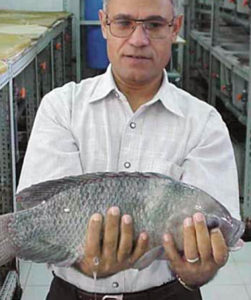
Experiment evaluates effects of feed color on the growth and survival of Nile tilapia fingerlings reared in a recirculating system.
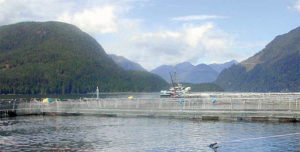
BMPs for salmon feed manufacturers cover formulation and evaluation of ingredients, while farmers should focus on amount, frequency and delivery of feed.
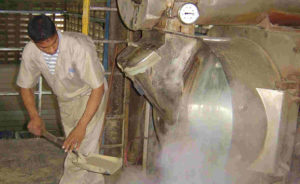
In the pelleting cost center, the ingredient mixture is placed in a holding bin above the pellet mill until it is pelleted.
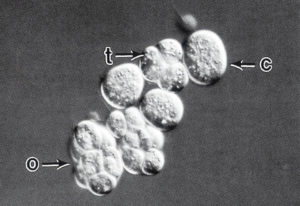
In the ongoing challenge of developing larval feeds for aquaculture, thraustochytrids – nonphotosynthetic, heterotrophic marine organisms – have potential as a source of fatty acids.
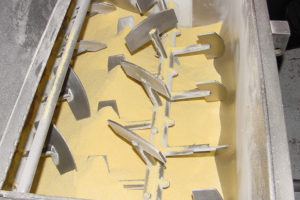
The mixing cost center is the heart of the feed-manufacturing process. It is critical that it is under strict quality assurance guidelines.
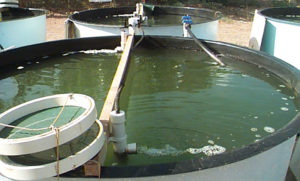
Feeding frequency is a key part of feed management. Distributing a daily ration as multiple feedings improves growth and improves water quality.
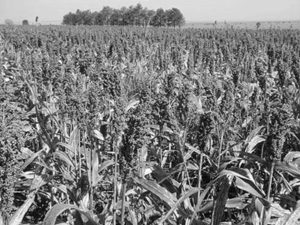
Sorghum could be used to replace corn meal in aquafeed. It is currently used in the preparation of nonruminant and ruminant feeds.
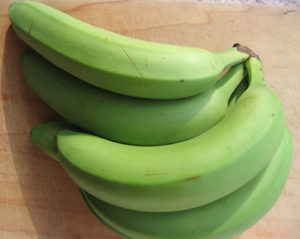
Green banana meal contains high carbohydrate levels and low levels of ash and fiber, making it a potential energy source for omnivorous fish species.
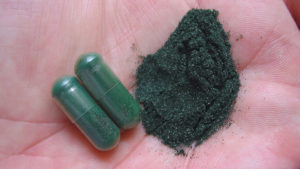
"New" ingredients like seaweed meals, particularly from various kelp species, provide trace minerals and vitamin A, and increase the palatability of shrimp feeds.